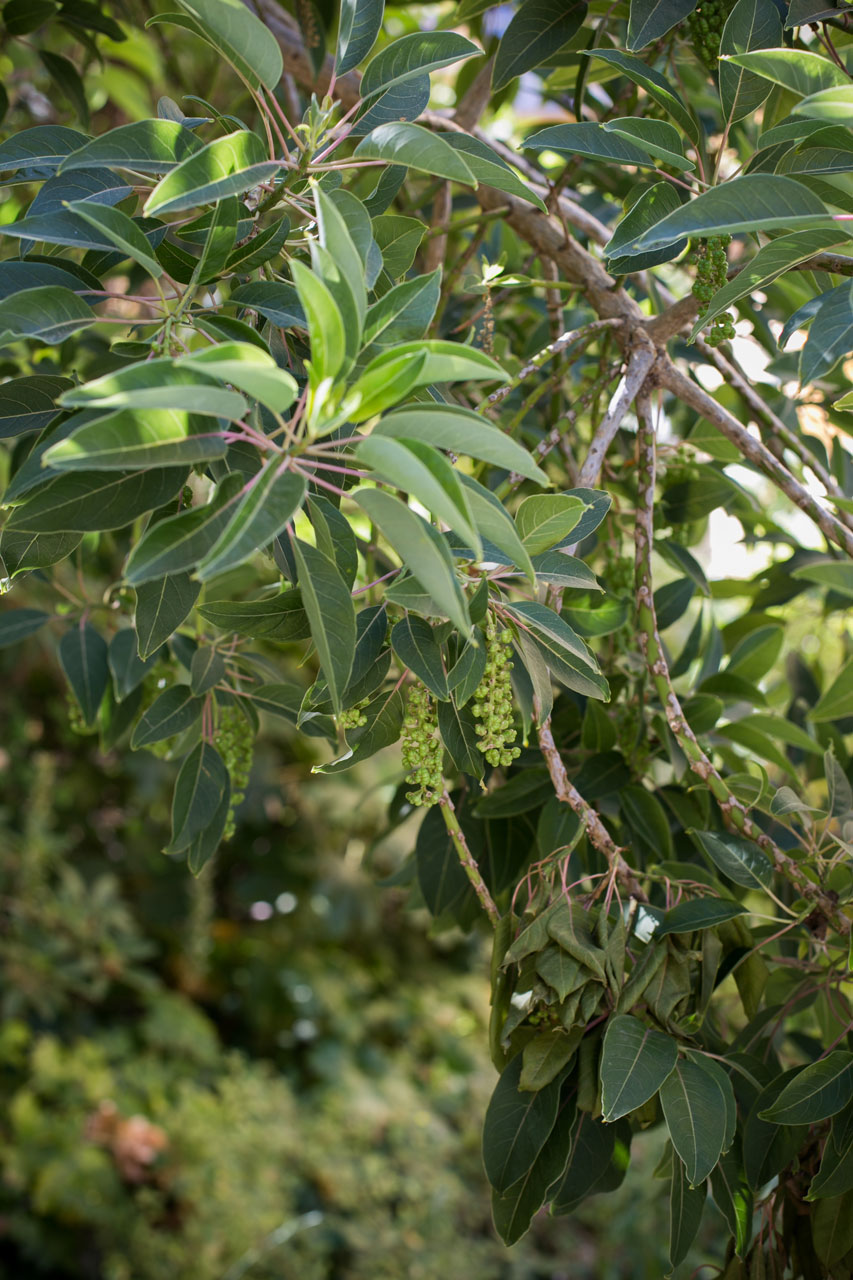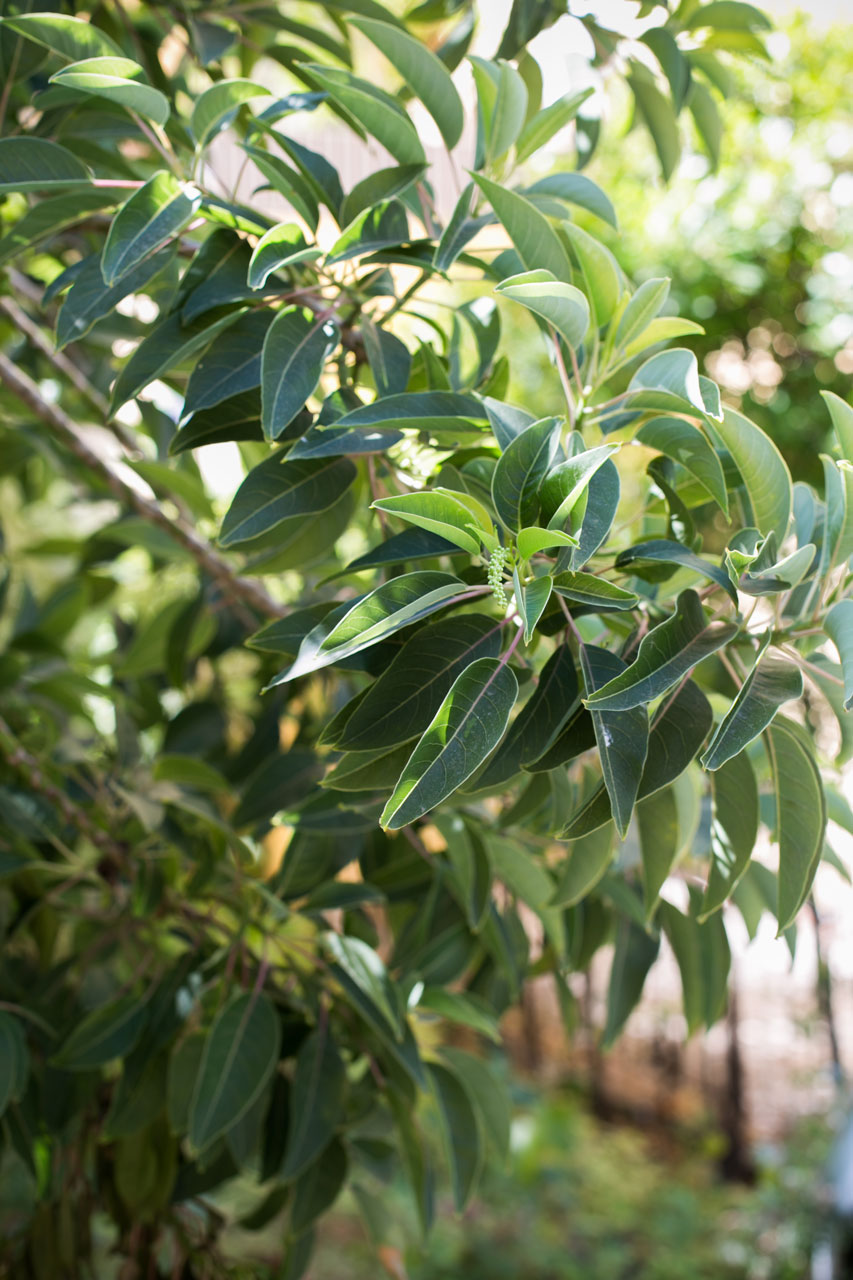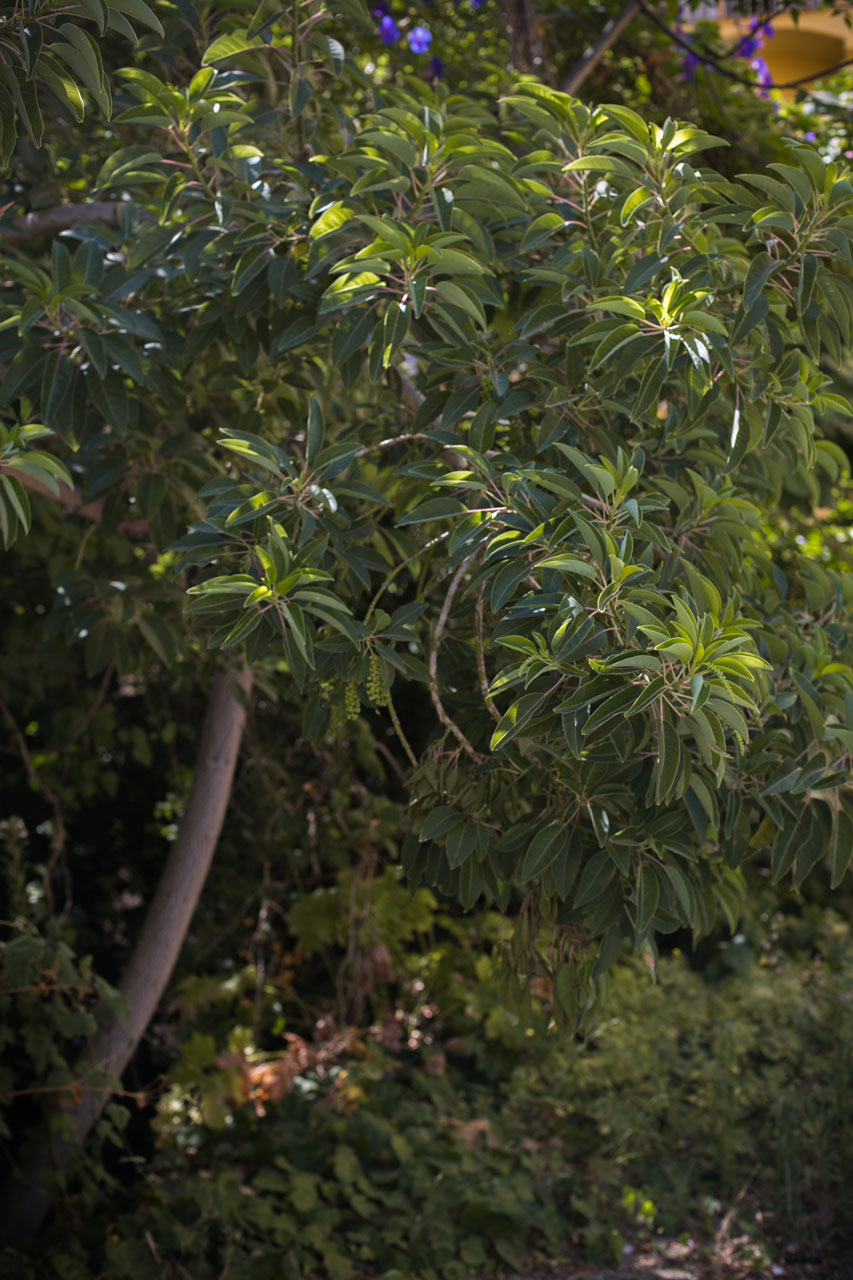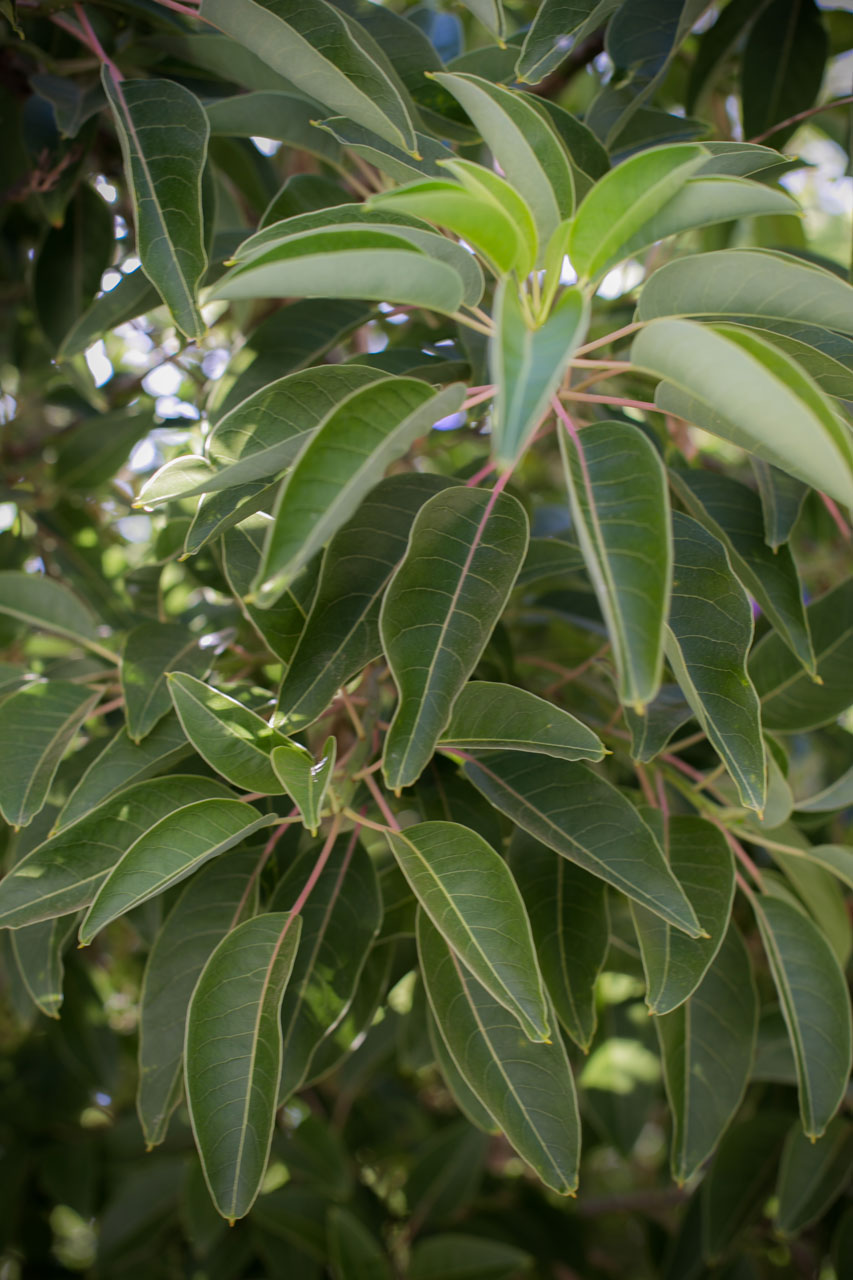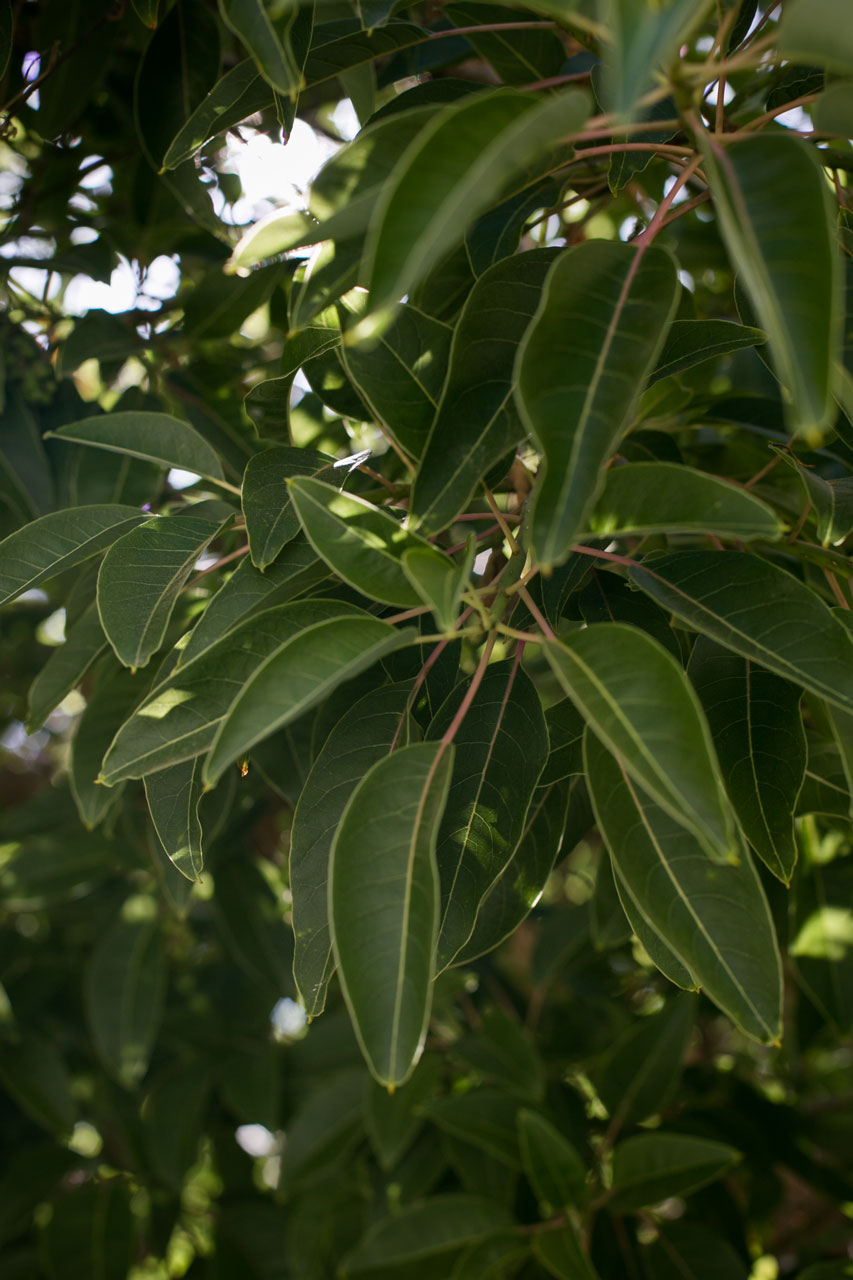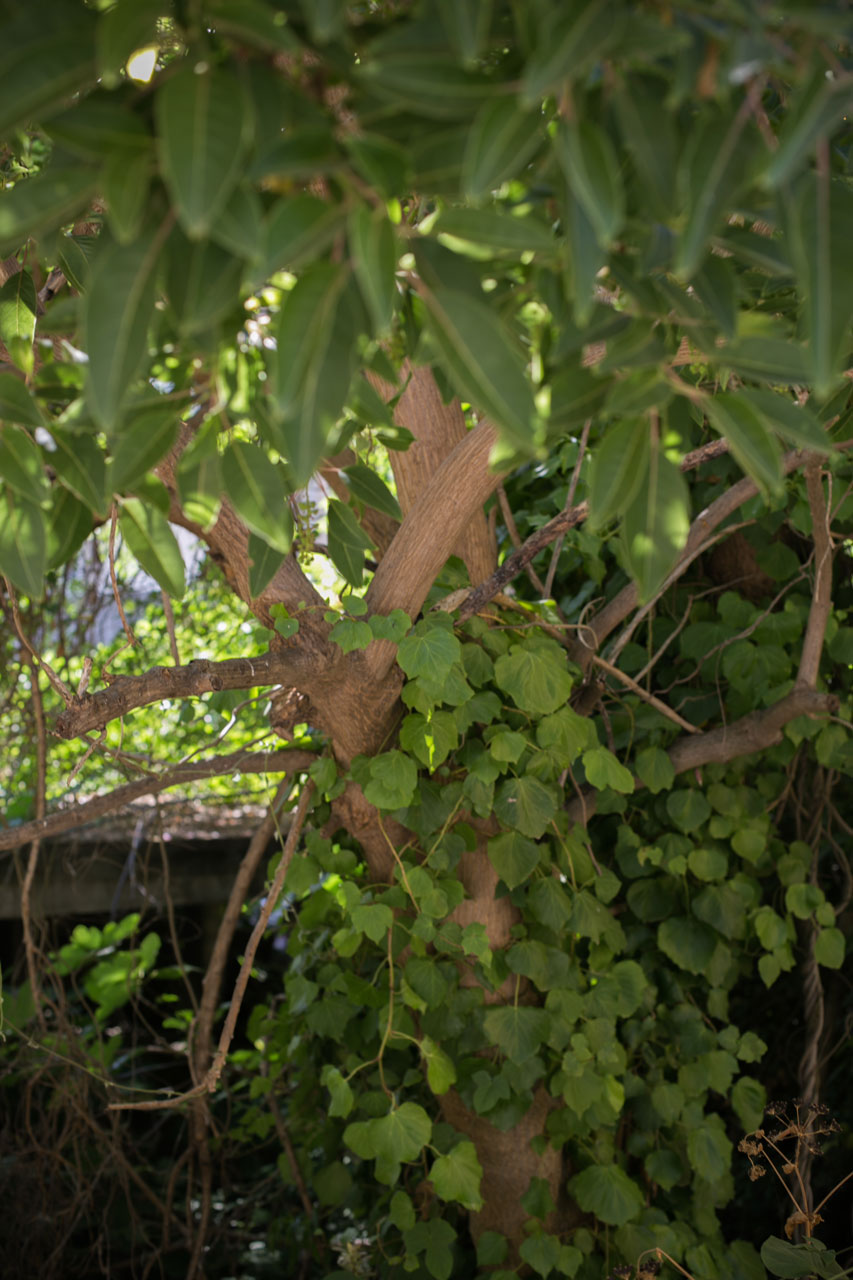
Belhambra
Phytolacca dioica
Its scientific name “Phytolacca dioica” comes from the Greek “phyton” meaning plant, and from the Persian “laq” meaning lacquer, a reference to the carmine colour and to the past use of the closely related herbaceous species, Phytolacca americana, known as the American grape, as a colourant for low quality wines. The word “dioica” comes from the separate male and female flowers on male and female specimens. Belhambra comes from “bella ombra” (lovely shade) because of its dense crown, which provides a good shade. It is widely used in Corsica as an ornamental tree.
- Common name: belhambra
- Corsican name: Bellombra
- French name: Belombra, Bella sombra, Phytolaque dioique
Notes
All parts of the belhambra are toxic.
Do not plant it too close to a house, the roots are invasive and can destroy pipes.
Species characteristics
Family: Phytolaccaceae
Origin: South America (Brazil-Argentina)
Habitat: Temperate coastal areas, mild to tropical climate
Characteristics: native to the South American pampas where it is the only species of tree found. Fast growing specimen, up to 15 metres high. The trunks of old specimens are imposing, and the tops of these trees are dense, which has earned it many names recalling its ability to provide good shade.
Flowering period: Spring, summer.
Uses and properties: Ornamental use in gardens. Solitary shade tree.
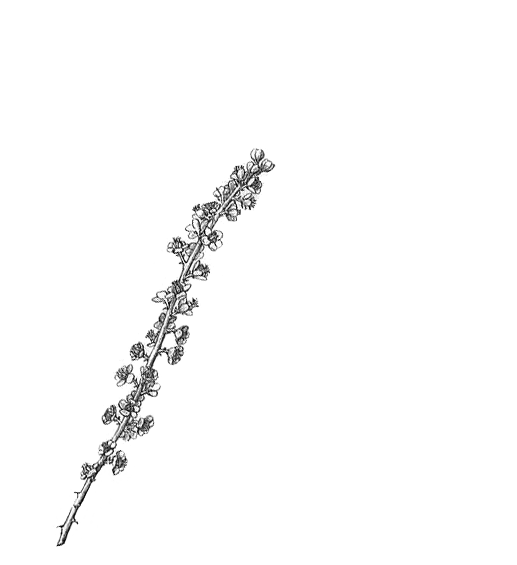
History and oddities
It was first planted in Corsica in the middle of the 19th century. It can live for 100 years or more.

